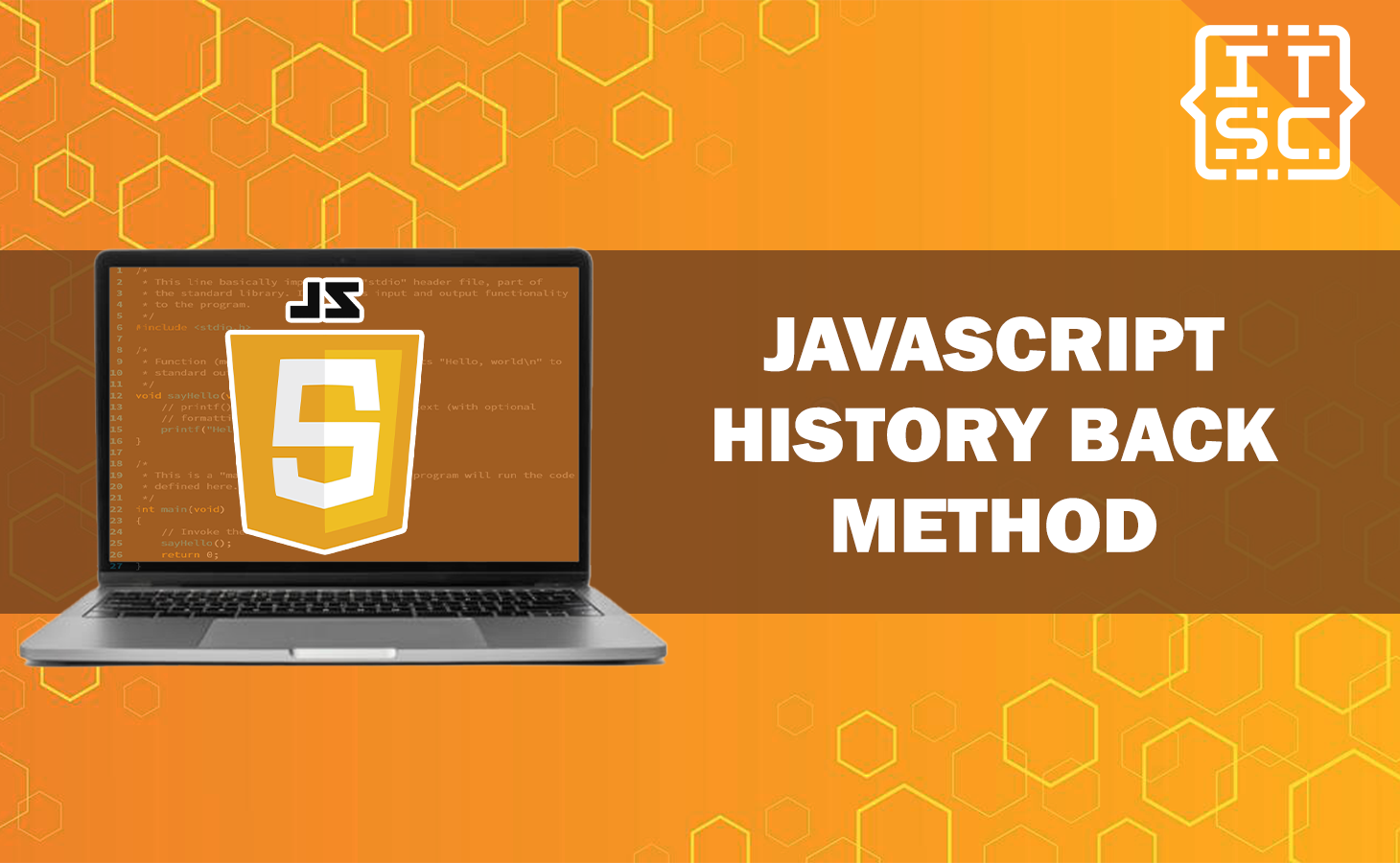The history.back() method is one such tool that offers a range of tools and functions to enhance user interactions and navigation within web applications.
In this exploration, we’ll dive into what this method does and how to utilize it effectively in your web development projects.
What is JavaScript history back method?
The history.back() method is a JavaScript function that allows you to navigate to the previous page in the browser’s history.
When you call history.back(), it’s like clicking the “Back” button in your web browser. It essentially moves you one step backward in the browsing history, taking you to the previous URL you visited.
Here’s a simple example of how to use it:
// Go back to the previous page in the browser's history
history.back();You can also achieve the same result by using the window.history.go(-1) method, which also takes you one step back in the history.
It’s a useful function when you want to provide a “Back” button or custom navigation controls in your web application.
How to use the JavaScript history back method?
To use the JavaScript history.back() method, you can follow these steps:
1. Create an HTML button or element that will trigger the navigation to the previous page when clicked. For example:
<button id="backButton">Go Back</button>
2. In your JavaScript code, you can add an event listener to the button to listen for clicks and then call the history.back() method when the button is clicked:
// Get a reference to the button element
const backButton = document.getElementById("backButton");
// Add a click event listener to the button
backButton.addEventListener("click", function() {
// Use the history.back() method to go back to the previous page
history.back();
});
3. Now, when a user clicks the “Go Back” button on your web page, it will trigger the history.back() method, effectively taking them one step back in their browsing history, just like clicking the browser’s “Back” button.
Conclusion
To sum it up, the JavaScript history.back() method is a tool for guiding users one step back in their browser’s history, mirroring the effect of clicking the “Back” button in a web browser. It proves valuable when crafting personalized navigation controls or enhancing the engagement of your web applications.
By attaching an event listener to an HTML element, such as a button, and executing history.back() within that listener, you can seamlessly incorporate your own “Back” button feature into your web pages.

